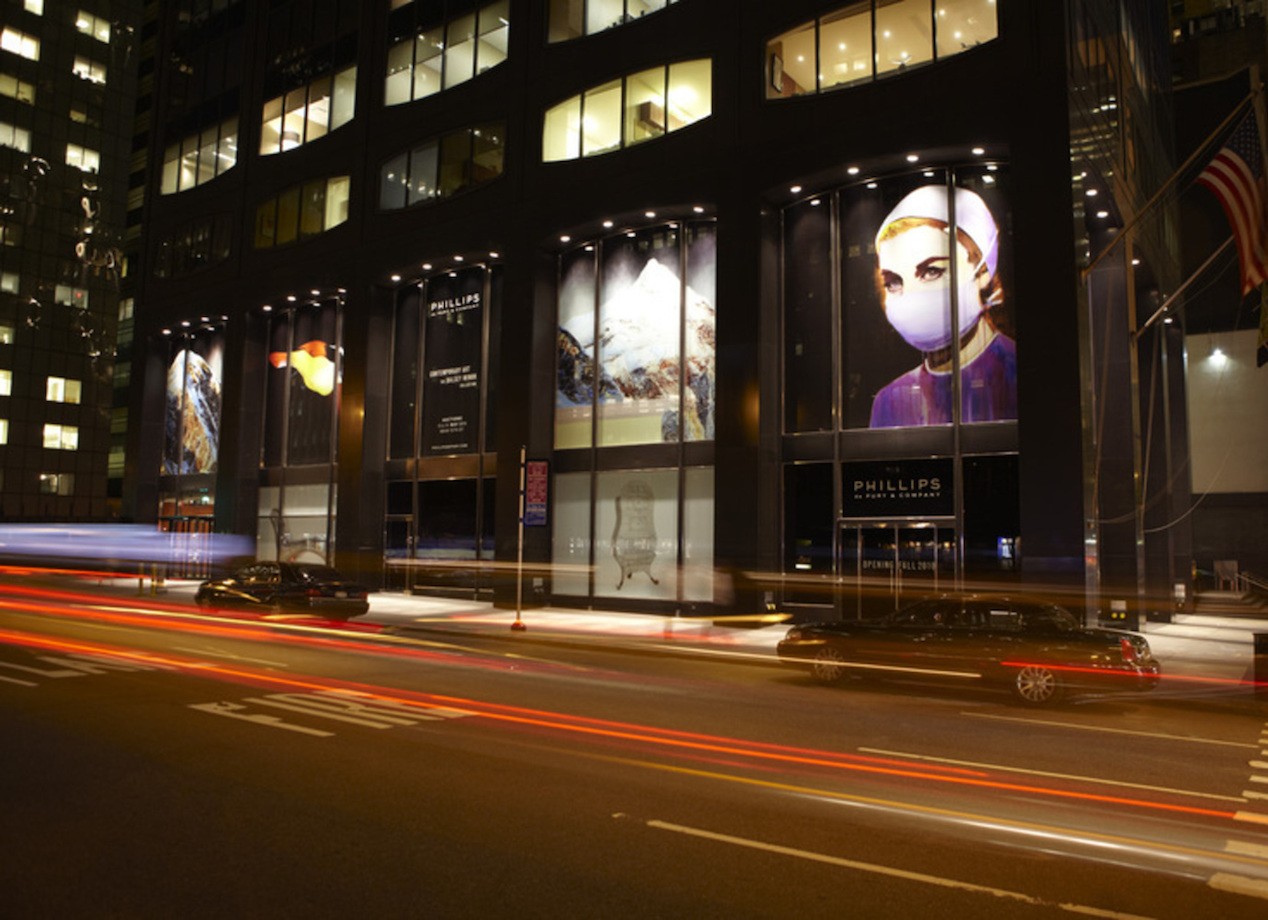Meet Vanessa Kramer Hallett
Worldwide Director of Photographs
Phillips de Pury & Company
MA Fine & Decorative Art & Design, New York, 2004
As worldwide director of photographs at Phillips de Pury & Company can you tell us what your job entails?
I oversee our Photographs auctions in New York and London; we hold two auctions per year in each location—one in the Fall and one in the Spring. My responsibilities shift as we’re nearing an auction, although for the greater portion of each season I am responsible for bringing in photographs on consignment. I consistently meet with collectors, curators, dealers and advisors in order to secure the highest caliber of photographs for each season. Most consignments are the results of months—and at times, years—of networking and keeping in contact with potential consignors. I also attend art fairs, sit on panels and give talks to special interest groups to make sure that I have my finger on the pulse.
Once we get closer to the date of the sale, my emphasis shifts to editing and laying out our catalogue, designing our exhibition, strategizing about our marketing, and then reaching out to our top clients to build up interest in our sale and match works from our sale with their collections.
The fast pace of the auction industry, combined with the fact that every six months I oversee a completely different group of photographs—makes this a very dynamic and exciting role.
How did you discover photography originally? Was there a moment when you knew you wanted to be involved in the photography world?
I discovered Photography as a graduate student in the American Arts Course [now the MA in Fine and Decorative Art and Design] at the Sotheby’s Institute of Art. The moment I knew that I wanted to be involved in the field was when I was working at Sotheby’s in the Client Services department assisting with a photographs auction—I experienced firsthand how knowledgeable and enthusiastic the clientele were for the medium. I shared their passion.
Phillips is a leader in the photography market, selling both classic and contemporary works, is there a bigger market for one or the other?
The market for photographs has been growing over the past few years. It used to be the case that for a photograph to be considered fine art it had to be classic and a black and white print. Fortunately that is no longer the case. The field now incorporates all different types of mediums and many of the photographs that are offered in our sales are digital. Accordingly, the base clientele of collectors has also grown and become much more diverse, and we’re seeing a lot of crossover buyers from our other departments at Phillip—from Contemporary Art to Design. I would not go as far as saying that the market for one is bigger than the other. We have been seeing fantastic results in our sales for early works by Man Ray, Nadar and Robert Frank as we have for Cindy Sherman, Francesca Woodman and Andreas Gursky.
What category of photography is most marketable?
I don’t know that there is necessarily a category within photography that is most marketable. However, as the economy has gotten stronger over the past couple of years and buyers’ & sellers’ confidence has likewise risen, we have seen a rise in prices for the top caliber works. People are more aggressive in their pursuit of key examples by leading photographers all across the board—be it an iconic image by Henri Cartier-Bresson or an early print of Edward Weston. It seems that they prefer spending the extra money on securing the best possible work for their collection. As a result, we have seen new record breaking prices each season, be it for specific images by certain artists, or even entire new world auction records.
How has the photography market changed since you started at Phillips in 2005?
The market has changed in the sense that there is more interest than ever. I feel every year the medium becomes more and more established and collectable with a fast growing client base. On average, we have 40% new buyers to our sales each season- it is absolutely incredible. This is of course due to fabulous museum exhibitions, gallery shows, advisors and everyone else who contributes to the economy of the photographs market.
This interview originally appeared in Musée Magazine. Read the full interview.
